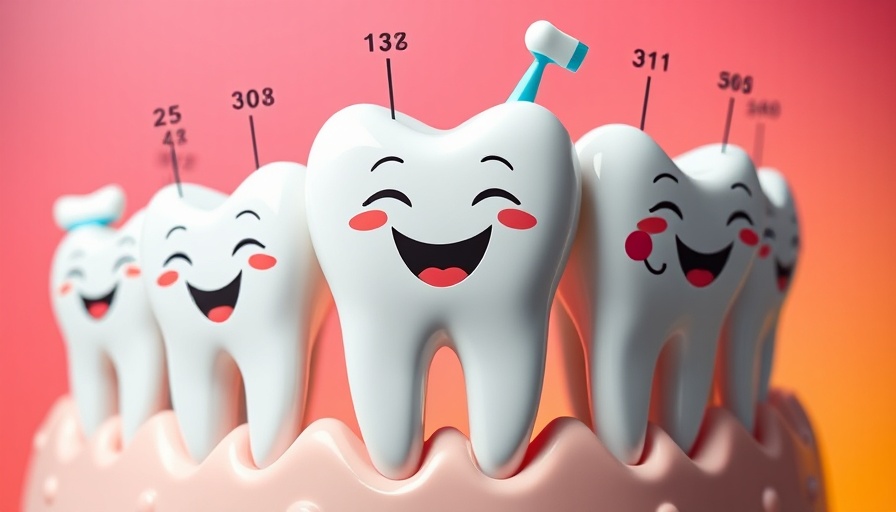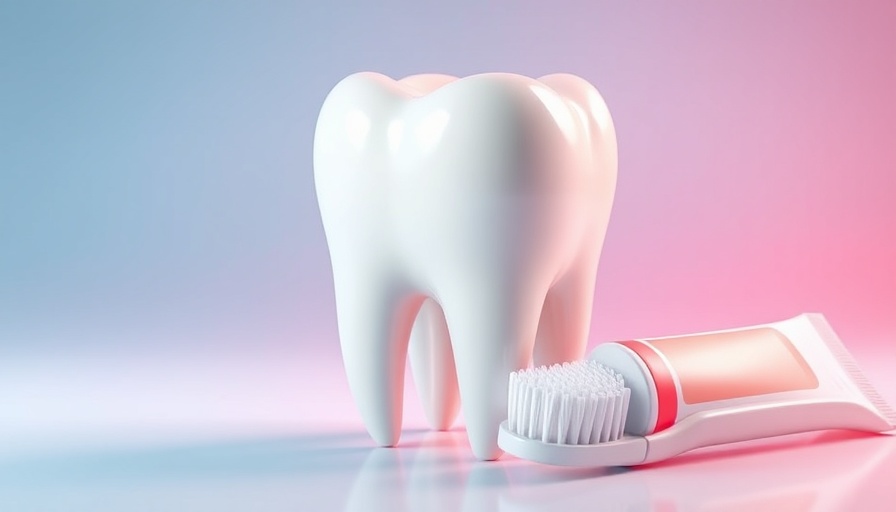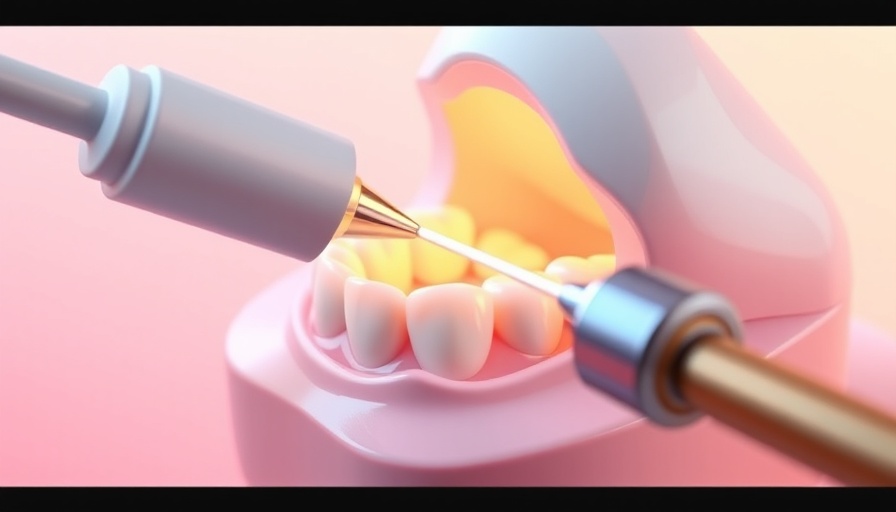
Understanding Short Implants in Pediatric Dentistry
In recent years, the use of short implants has significantly evolved, particularly in the challenging posterior maxilla region. Pediatric dentists, alongside orthodontists and dental practice owners, have started to recognize the potential benefits these implants offer their young patients. Short implants, with lengths typically under 10 mm, provide a viable solution where bone availability has been a concern. They can effectively support prosthetic restorations, enhancing both function and aesthetics in younger patients who may otherwise face delays in treatment due to insufficient bone density.
Assessing Effectiveness: Clinical Studies and Findings
Numerous clinical studies have highlighted the effectiveness of short dental implants, especially in pediatric applications. Research showcases a success rate that parallels traditional longer implants, marking a notable achievement in dental restorative practices. With advancements in technology and materials, such as implant surface modifications, short implants have demonstrated resilience against issues commonly associated with implants, such as failure due to overload. This reliability makes them an attractive option for dental professionals re-evaluating their treatment strategies.
Future Trends in Pediatric Implantology
Looking forward, the field of pediatric dentistry is poised for further innovations in implant technology. As the demand for less invasive options continues to rise, shorter implants may pave the way for enhanced patient satisfaction and quicker recovery times. Additionally, incorporating digital planning and guided surgery could minimize risks and improve the precision of implant placements, making them even more suitable for younger patients.
The Societal Impact of Embracing Short Implants
Accepting and utilizing short implants can bridge significant gaps in pediatric dental care. It not only opens new avenues for treating complex cases but also fosters a more positive patient experience. By alleviating the discomfort and uncertainties commonly associated with extensive surgical procedures, practitioners can help instill confidence in their younger patients during their treatment journeys. The broader implications for community oral health are evident, as improved accessibility to effective treatments leads to better overall health outcomes for children.
Conclusion
The shift toward short implants is not just a trend; it represents an essential adaptation in pediatric dentistry. By embracing this innovation, practitioners can significantly enhance their treatment protocols, provide comprehensive care, and ultimately improve the quality of life for their young patients.
 Add Row
Add Row  Add
Add 




 Add Row
Add Row  Add
Add 

Write A Comment